I just finished a job that I think is going to turn out badly.
Developer completing a new development:
Area 1 Trees around his sign, in a 'park' with a 'running trail' and a 'pond' (The quotes indicate that these are in very preliminary stages.)
The 32 trees around the sign and park went in well. Lots of debris in the soil (rocks, sticks) which made it impossible for me to use my Groundhog.
Area 2 was different. It was the edge of two utility line right of ways where they had put the sewers in. There was NO topsoil. This was the edge of the right of way, so the subsoil was pretty much undisturbed. (The topsoil was likely used to back fill the trench. Isn't that how it usually works?)
The soil was heavy clay, more suited for making bricks. You know the standard perc test for septic fields? This soil had a perc test time of a week. The trees were white spruce, Swedish aspen, hill poplar. The spruce were balled 5' trees, the poplar were in 3 gallon pots.
Digging this stuff was a matter of using a mattock and shattering the top layer, then pulling away great gobs by prying and wrestling with the mattock.
Now all three species tolerate water, but this kind of unfired ceramic pot had me nervous.
The owner had a bobcat with an auger on site. He offered to auger at least the start of a hole, and to bring in some top soil for use around the trees.
I had him create a 3' deep by 1 foot hole (widest drill the bobcat operator had.)
I filled the hole with top soil, lightly packing it every 6 shovel fulls. (Jumped into the hole and bounced around a bit.) I figured what I was doing was effectively creating an inefficient French drain for each tree. The top soil was also heavily clay based, and looked and smelled like it was a ground up beaver pond. Lots of sticks, stones, and a bit of anaerobic smell.
The spruce dirt balls were larger than the 12" hole, so for them, I chipped out a wider hole, setting the spruce tree so it was close to flush with the surrounding land.
The poplars I set with the top of rootball about 4" down, below the surrounding area. In all, I did 17 trees this way.
After setting the trees in I watered each tree with a 5 gallon bucket of water. For most of this first batch there was still standing water in the moat when I was 4 trees down the line.
The owner pointed out to me that the soil in the holes was going to consolidate, dropping the trees several inches, and aspect I hadn't considered.
Once he pointed this out on the next area with similar setup, I left the trees above the top of the hole by about 3 inches, ramped up top soil to the top of the dirtball, and built a moat out of top soil around it. 18 trees were done this way.
I've provided these trees with a 1 year replacement guarantee, provided the owner waters them properly. I'm installing a chunk of dowel by each tree, adjacent to the root ball sticking about 4" into the ground. Their water peon can pull the stick, and feel inside the hole to see if the soil is damp or dry.
One fear I have is that the root ball will lodge in the top of the hole, and an air space develop underneath it. This, I guess is the ultimate in drainage. I've seen enough burrows under trees that it doesn't necessarily mean failure.
1. Am I in trouble? The guy is reasonable. I've told him I won't be free to replace any trees until next fall. I can afford to redo the entire job if I have to it's mostly my time involved. (I grow the trees, and right now I've got more trees than customers I'm also in the area every two weeks, and so can check that he's watering them properly.
2. What's the best technique to deal with very heavy clay in planting sub-calliper trees?

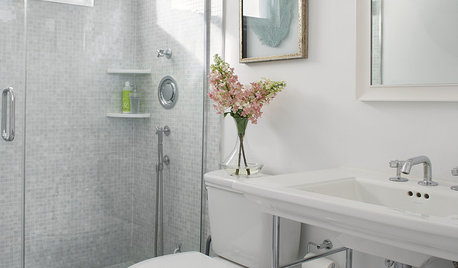
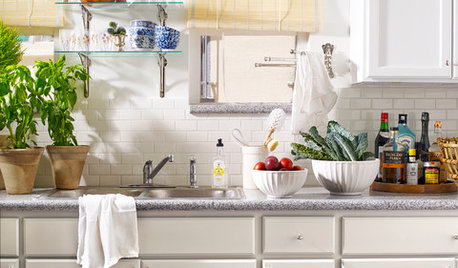
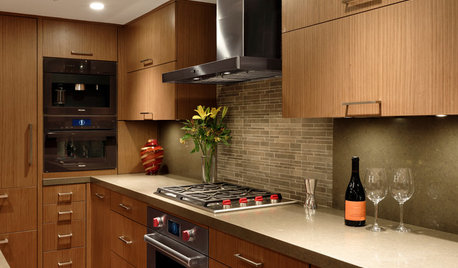


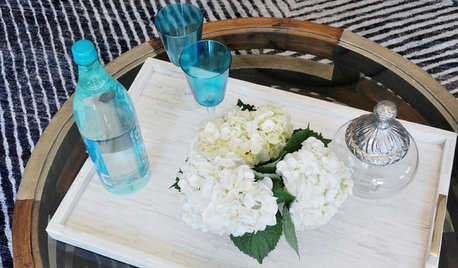
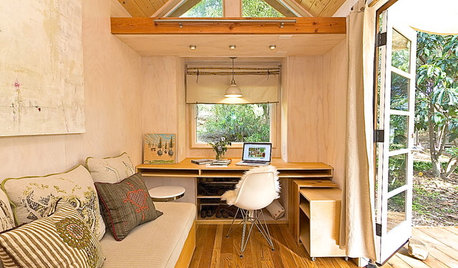
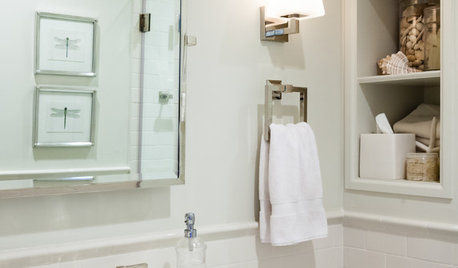






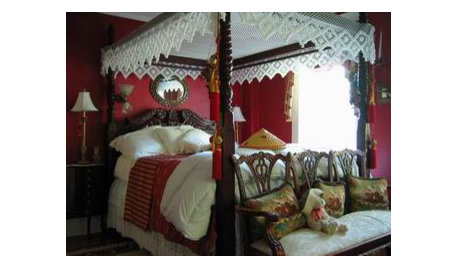
gargwarb
Embothrium
Related Professionals
Zion Landscape Architects & Landscape Designers · Brookside Landscape Contractors · Bell Gardens Landscape Contractors · Belvedere Park Landscape Contractors · Coeur d'Alene Landscape Contractors · Kearny Landscape Contractors · Long Branch Landscape Contractors · Louisville Landscape Contractors · Merced Landscape Contractors · Middleton Landscape Contractors · Royal Oak Landscape Contractors · Tustin Landscape Contractors · Antioch Landscape Contractors · Mission Viejo Driveway Installation & Maintenance · South Lyon Driveway Installation & Maintenanceinkognito
calliope
Sherwood Botsford (z3, Alberta)Original Author
gargwarb
Sherwood Botsford (z3, Alberta)Original Author